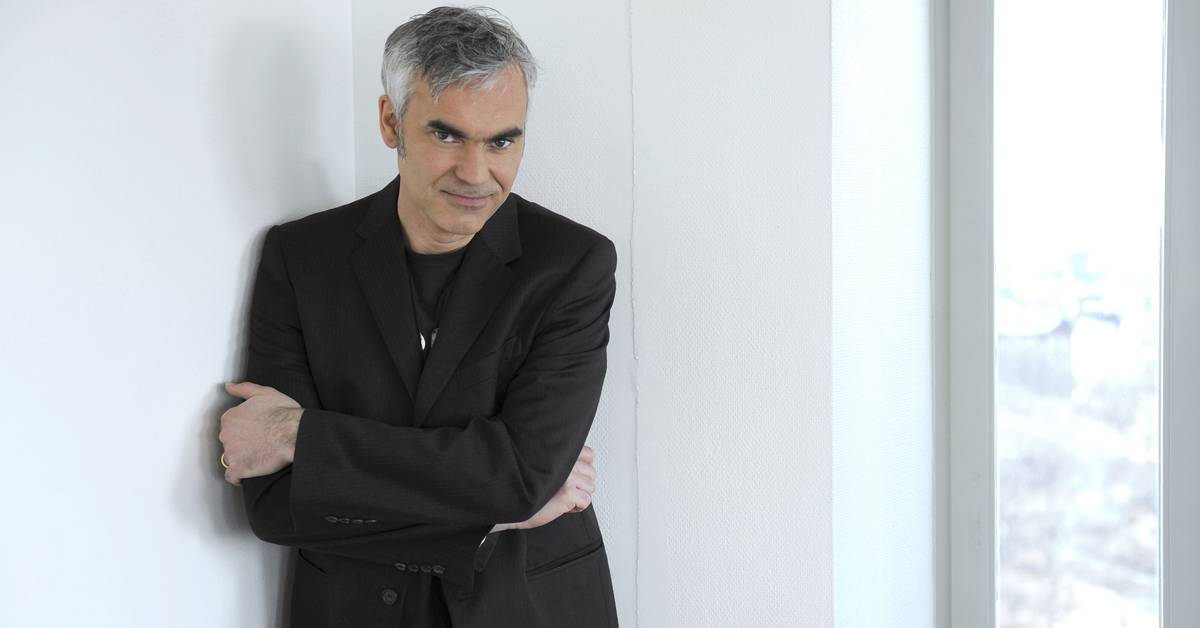It becomes extra clear that two European nations are at war because such a large part of the biennial is about nation states.
It is usually called an art olympiad: countries have their pavilions where they send the art they want to show and then they can measure themselves against each other.
But now the Russian pavilion is empty.
The artists who were to exhibit there felt that they could not do so during the war.
And Ukraine's exhibition is what most people talk about.
Now the full-scale war came unexpectedly and quickly, but in a number of pavilions it had already been decided to critically examine the nation state.
The Nordic pavilion, where Finland, Norway and Sweden normally live, has this year become the Sami pavilion.
Three artists - Maret Anne Sara, Anders Sunna and Paulina Feodoroff - defend their Sami perspectives.
Anders Sunna does this by showing a number of tableaux that tell about him and his family's 50-year struggle with the Swedish state.
Maret Anna Sara's installation with reindeer skin and reindeer calf bodies is like symbols of rebirth.
In the French pavilion you will find for the first time an artist with an Algerian background.
Zineb Sedira has created a number of rooms that include film and performance, where the French nation meets and clashes with Algerian culture.
The Poles have in turn selected a Roma artist, Małgorzata Mirga-Tas
.
She has made twelve woven paintings, inspired by Italian frescoes, each representing a month in the life and everyday life of a Polish Roma family.
Not as openly critical as the Sami and French exhibitions, but together they have an incredible sense of presence.
In addition, for example, the United Kingdom and the United States are represented for the first time by a black female artist and Canada by a black male artist.
So in many ways, this is still the art scene of nations.
But not where they proudly compete against each other, but where they are scrutinized and nailed by the minorities.

